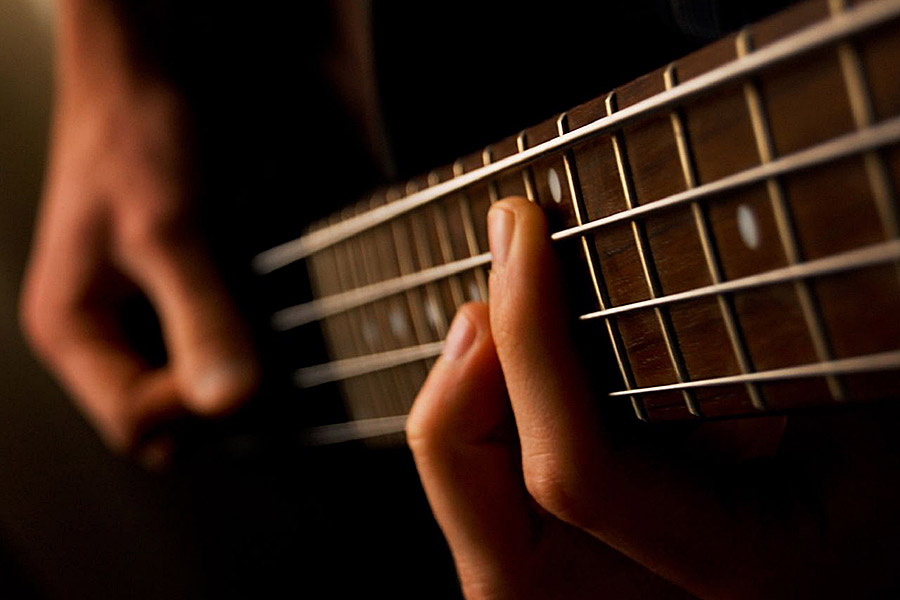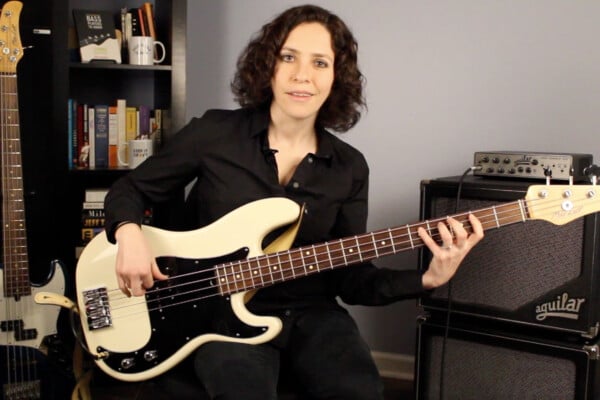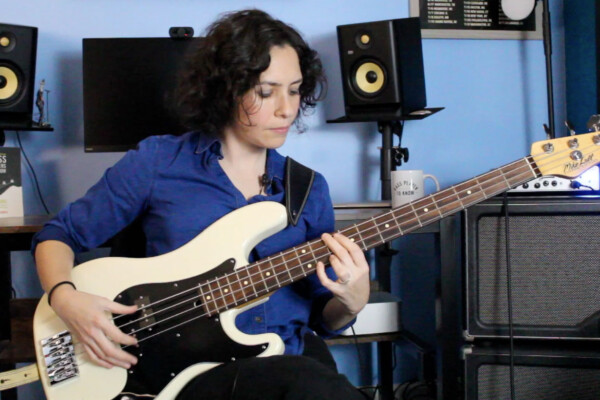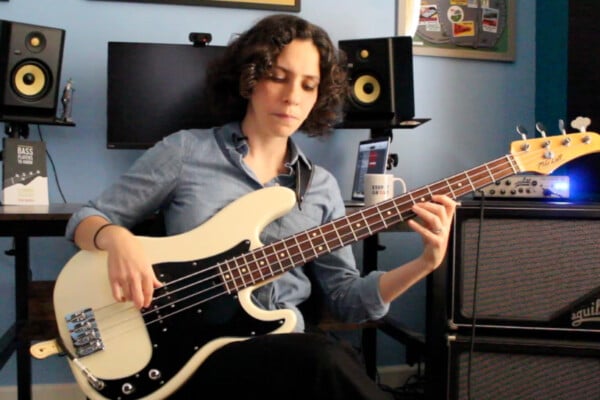Practicing Scales vs. Arpeggios

Q: Should I spend my time in the shed practicing scales or arpeggios? Why one over the other?
A: Ultimately, you want to be familiar with everything relating to the music you want to play and your instrument, but it’s good to prioritize. When trying to prioritize in the shed, it’s important to understand why you are working on this or that. So, good question!
When I first started really trying to understand harmony and the relationships between one chord and the next, I initially started with scales. Personally, I got overwhelmed by the myriad of different scales once I realized that I should learn the modes of the major scale, melodic minor, harmonic minor (and then heard about harmonic major and a million and one other “exotic” scales?) It was too much. Although I did get a fair amount under my fingers by working on each mode one at a time, I still didn’t really understand why it was important to learn x or y scale an how I could really apply it.
Eventually, I decided to take a different approach and, long story short, this approach convinced me that it made FAR more sense for me to start with arpeggios (at least for how my mind works). Here’s why:
When you start learning arpeggios, what you really wind up doing is learning the primary chord tones for every chord type, first and foremost. These are the foundations of the harmony and, as bass players, this is where we live much of the time. Additionally, when it came to improvisation, I quickly realized that being able to outline the chord qualities when I played made it sound like I was really playing the tune and I felt like I could hear the song in my improvisations much more so than any time previously when just ripping scales up and down.
I see scales as a great way to learn your fretboard, give you a broad overview of harmony across your fretboard, and as an important step towards internalizing the relationships between intervals within a certain tonality. However, they don’t sound all that musical to my ears. I treat them as a good way to practice patterns across the fretboard but I don’t think about them when making music. I take a slightly different approach and build my “scale” based on the chord tones and available tensions (this is called a chord scale because you’re building a scale in real time based on what the chord symbol is telling you).
Practicing my arpeggios and inversions (very important), over multiple octaves and in as many different ways as I could think of gave me the tools I needed to start really being able to connect chords when walking, soloing, playing chords… you name it. It’s all about outlining the changes and, especially once you evolve beyond just chord tones and start internalizing the available tensions and getting a feel for how to use them effectively, the sky is the limit.
I’ve written quite a few columns outlining how to practice this stuff, including how to figure out your own chord scales.
You can also search No Treble for arpeggios or chord scales and come up with a huge list of resources on the site for better understanding this stuff. So without rehashing how to do it, I’ll just re-emphasize why.
Learning your chord tones and tensions gives you tools beyond just “these are the 7 notes that work over this chord or tonality.” Arpeggios teach you which notes emphasize the function of the chord, which notes add more “color” to the chord, which notes are consonant, which notes rub a little, and how to resolve those tensions effectively.
Knowing your chord tones also gives you solid target notes when creating bass lines or solos. I’m a big fan of target notes when I play, meaning that I often decide where I’m going to land ahead of time and then decide how I’m going to get there. Understanding how the note you are going to land on will affect everything happening around it in the band is crucial for a bass player. Walking bass lines, for example, are (in their simplest form) just a connecting of chord tones in a somewhat linear and melodic way. If you just walk a scale, it won’t sound right because you won’t be emphasizing the strong notes in the strong places like you would if you were thinking about connecting chord tones from chord to chord.
R&B and funk bass lines are mostly about rhythm, feel, and outlining those strong chord tones (walk-ups to the 3rd, laying into that flatted 7th, etc.) It’s not just the Mixolydian scale, it’s that major 3rd and that flatted 7th, that make it do what it does (and that 6 is money once you learn how to use it. Oh yeah, and the “blue notes”… okay, so all of the notes work once you know how to use them).
My point is that first understanding the strongest parts of the chord is crucial for a bass player (or any instrumentalist) and, once you have those 4 notes down (1, 3, 5, 7 for every chord type), then you only have 3 more scale tones to get comfortable with before you’ve got some ultra-functional chord scales for any occasion.
Here’s another column I wrote dealing with how to figure out those extensions for any chord type (also called tensions or upper structure triads. It’s all really just about figuring out what kind of 2nd, 4th, and 6th degrees of the scale you can use with your arpeggio over advanced chord types).
Best of luck and remember to just take things one at a time. Don’t overwhelm yourself in the shed. It’ll come quicker than you think if you focus and work systematically through this stuff. Additionally, don’t forget that learning bass lines and melodic ideas through transcription is one of the best ways to get a feel for how to use this stuff musically.
And, please, keep the questions coming! Let me know if you hit any roadblocks and keep this conversation going in further columns.
Have a question for Damian Erskine? Send it to [email protected]. Check out Damian’s instructional books, Right Hand Drive and The Improviser’s Path.



